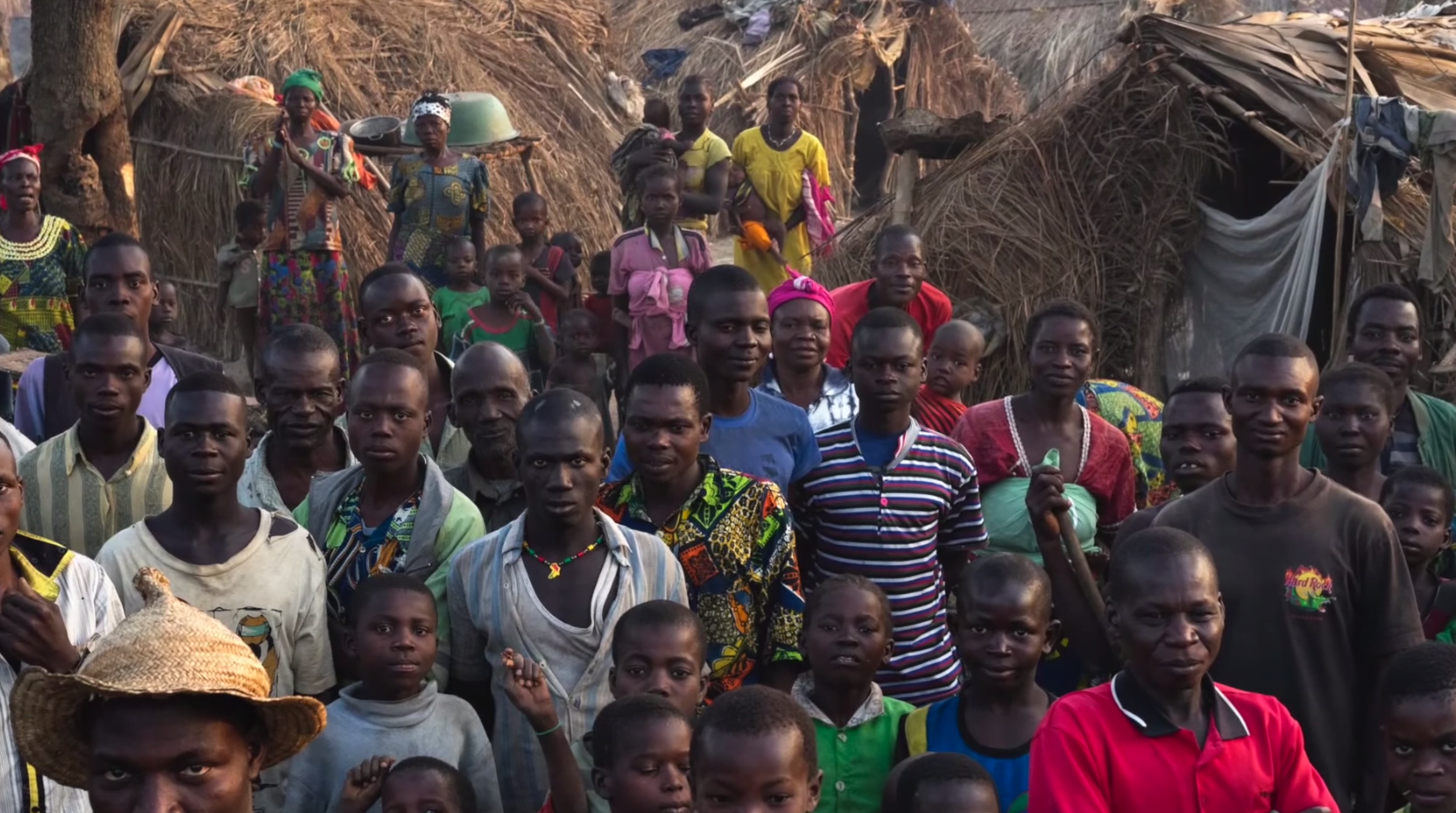With the Syria crisis spinning out of control and South Sudan on the brink of famine, the 18 month old humanitarian crisis in the Central African Republic is being largely ignored by international media and international donors. On the one hand, this is partly because armed conflict has abated. The UN Peacekeeping force in CAR, known as MINUSCA is helping to keep a lid on the fighting. The horrid episodes of near-genocidal ethnic violence last year are no longer as common place.
But the crisis is far from over. One feature of last year’s ethnic cleansing in CAR was that it displaced (and by definition, ethnic cleansing is all about killing and displacement) nearly one million people. There are still over 425,000 refugees and about as many internally displaced in CAR. This is not a region that has much capacity to handle this kind of crisis. CAR is one of the poorest countries on the planet–and it’s surrounded by similarly weak countries.
International humanitarian organizations, like the UN Refugee Agency, UNICEF and WFP have an absolutely critical role to play in not only keeping displaced people fed and sheltered. But also providing for the communities to which refugees fled so as to prevent further conflict over scarce resources. The security dimensions of humanitarian relief operations are not often emphasized by humanitarian agencies themselves–they see their mission as a singularly focused effort to provide for needy populations. But this video from the UN Refugee Agency offers some insights into how a relief operation in a fragile community can possibly help stave off conflict that would otherwise further destabilize a fragile region.
